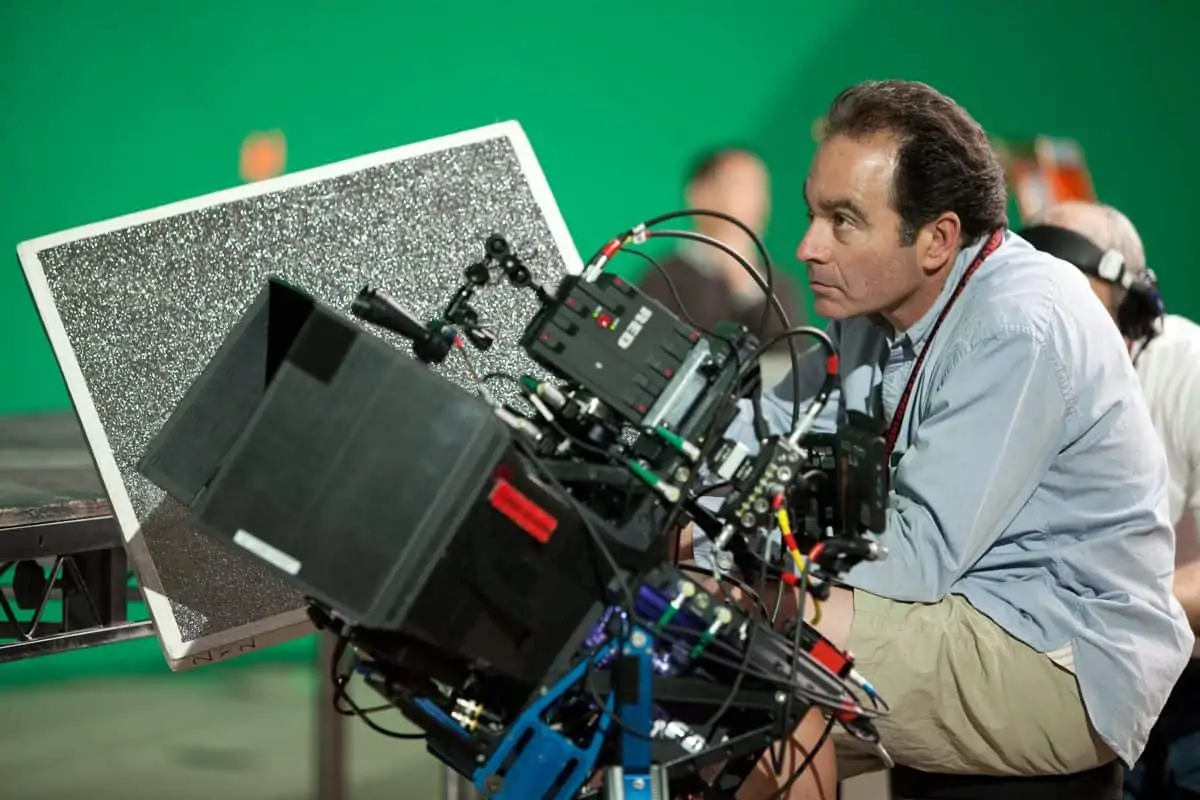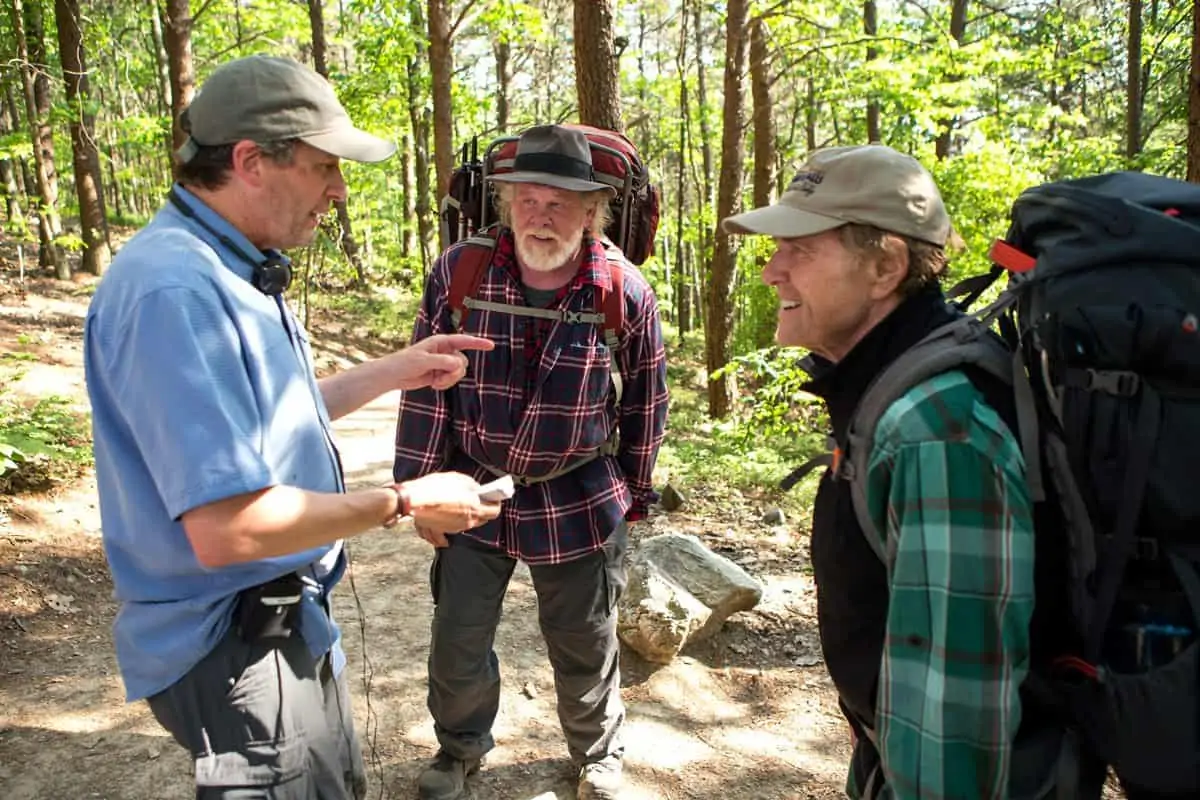Day for Night
John Schwartzman ASC / Dracula Untold

Day for Night
John Schwartzman ASC / Dracula Untold
Gary Shore, the director of Dracula Untold is young and green. The writers, Matt Sazama and Burk Sharpless are young and green too. But the cinematographer John Schwartzman, ASC – regardless of his age – is well-seasoned, and his talents reach forth from screens playing blockbuster movies, the likes of Armageddon (1998), Pearl Harbor (2001) and The Amazing Spider-Man (2012). And besides, none of that inexperience bothers Schwartzman in the slightest.
“When you look at the landscape of movies being made today,” he says, “there are very few large-budget ones being made by directors with very long resumés. [Studios like Marvel] aren’t looking to hire big names. They're looking to hire promising directors, and they're also always looking for the next young duck.”
The last four pictures Schwartzman has shot have been with newer or first-time directors, excepting Saving Mr. Banks (2013, dir. John Lee Hancock). And as standard fare for the USC-taught cinematographer, this excites him.
“I’m always looking to try to help the director find his or her vision,” he adds. “My job is not to impart my vision on the movie, but to figure out how to come up with a common one that we can achieve within the time and budget allotted.”
For this newest installment in a long line of tales about Bram Stoker’s Dracula, a new plot stands with the telling of the origins of the infamous vampire. Schwartzman thought it was one of the better scripts he’d read in a long time and signed on to do the job in Northern Ireland.
“That part of Ireland has it's own look,” he explains, “and you've seen that in Game Of Thrones. I don’t believe each film has just one look though, and we made sure to incorporate all the different aspects of Vlad Tepes’ (Luke Evans) life, both pre-vampire days and post.”

One aspect that wasn’t readily discussed in pre-production was the fact that this is very much a father-son story, and youthful Art Parkinson features in many night scenes. In Northern Ireland, children are not allowed to work past 7pm, can only begin at 9am and are not allowed on-set for more than five hours at a time.
“We had to find a quick fix to these very strict child labour laws,” explains Schwartzman, “as there really are no waivers and we’re shooting a film about a vampire. The good news is that the sun is rarely out in Northern Ireland. Even in the summer it's grey and cloudy. We started scouting locations where we could shoot day for night, because there was no way that we could shoot at night. This became a part of the texture of the movie. So, suddenly 40 percent of the film, which is night exterior, became day-for-night exterior.”
Schwartzman and his team shot in heavily wooded forests, never in any harsh sunlight, and he under-exposed it all about one stop. Also, in this version of the story, Dracula was able to exist during dusk and dawn hours.
“We ended up coming up with this look that was an extension of either dusk or dawn,” he says, “We choose locations or building sets where we could control that with a construction crane a large scrim overhead. We would sometimes fly a 100x100-foot black silk off of a crane to control the exterior of a monastery set that we had built outside of Belfast.”

"We ended up coming up with this look that was an extension of either dusk or dawn."
- John Schwartzman ASC
Because of the many day-for-night shoots, Schwartzman pushed to shoot Scope Anamorphic since the longer focal lengths help the background fall out of focus faster and it would give more control in maintaining the dusk/dawn look throughout the day. Also, Schwartzman has only ever shot on digital for The Amazing Spider-Man (since it was a 3D movie), and chose to stick with tried-and-true Kodak Vision3 200T 5213 and 500T 5219 with his own Panavision Platinum Panaflex 452 that has gone with him everywhere since 1994.
“Once we began production, we had days-on-end of rain and fog and cold and wind,” he describes, “and anyone who suggested digital initially quickly realised just how hard that could have been in this situation – hiking into remote locations and constantly being bombarded with rain. I wanted a camera where I could put my eye up to an eyepiece and shoot.”
During a long sequence shot in an old rock quarry - "Vlad Versus The Thousand" – the near impossible happened: five days of the same weather was gifted upon the cast and crew.
“The first morning we showed up the quarry was completely sopped-in with fog,” remembers Schwartzman. “It was exquisitely beautiful, but the chances of us having natural fog for the five days we needed it, and not having to switch over to artificial smoke machines, we thought could never happen. It was too gorgeous to not turn a camera on, so we shot in the fog. Apparently somebody kissed the Blarney Stone, because it lasted.”

Since the story takes place in the 15th century, the interior shoots were mostly lit by candles and gas chandeliers. They’d have a set with 500 candles lit (via propane prop candles) to create the effect that naturally would have been created in that time period.
“The nice thing about working in Europe is that the voltage is 240,” says Schwartzman, “so we would build these ‘bat strips,’ essentially six-foot-long wooden strips with six 240-watt household globes. I had a great dimmer operator who wrote a little flicker programme and could dim them down remotely so they would look like warm firelight.”
Alongside 40 of the bat strips and the hundreds of prop candles, Schwartzman’s lighting package was incredibly minimal. Between the dark interiors and shooting day-for-night, they stayed away from the artificiality of HMI lights. Although there was the normal complement of the HMIs and ARRI Max’s, but usually only when shooting day for day and night for night. And of course, everything was GFI’d for weather.
“All the equipment was taking a beating,” says Schwartzman of the inclement shooting conditions. “I had used LRX lights in America and Canada and I convinced Brian Dwight at LRX to get into the business in Europe. These lights are fully weather-proof, remote-controlled 18Ks that we could rig onto a crane and not have to send a guy up in the 39-degree weather at night.”










